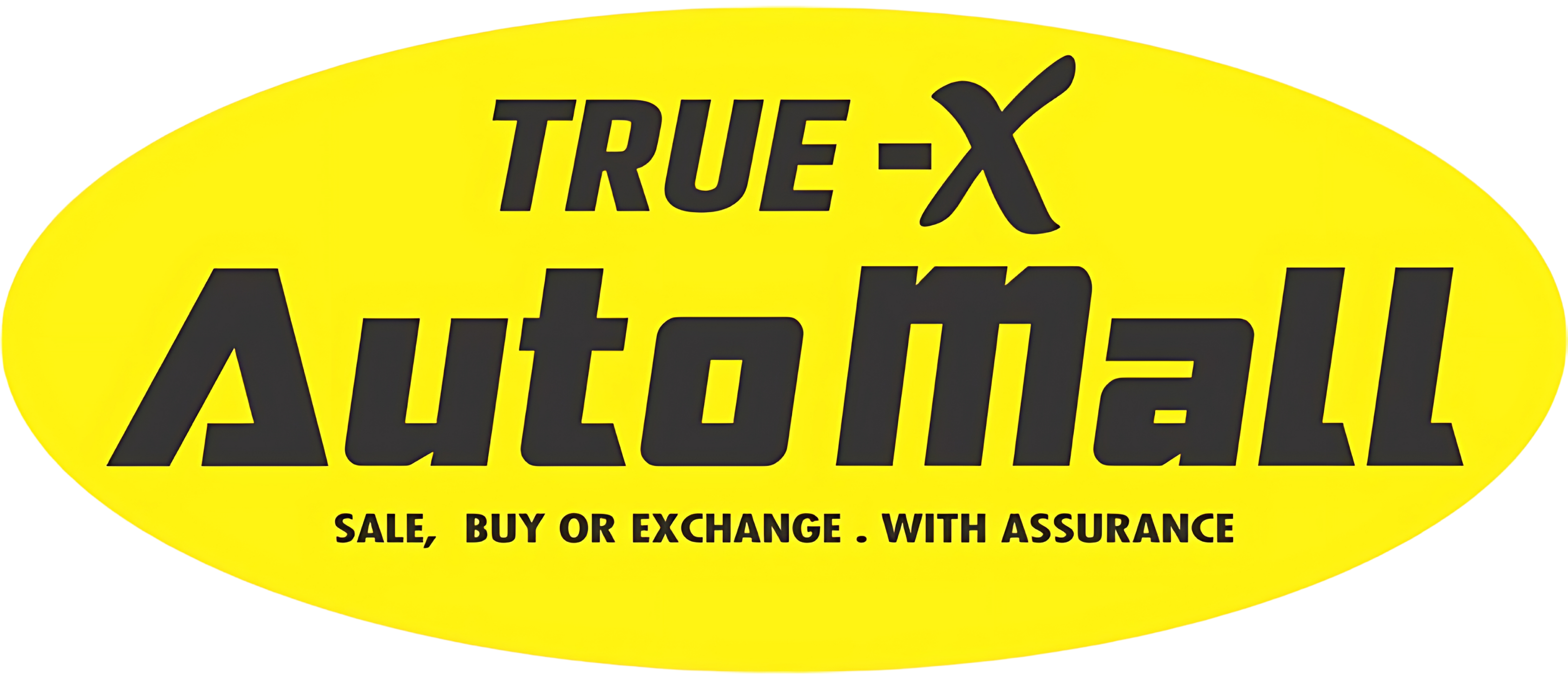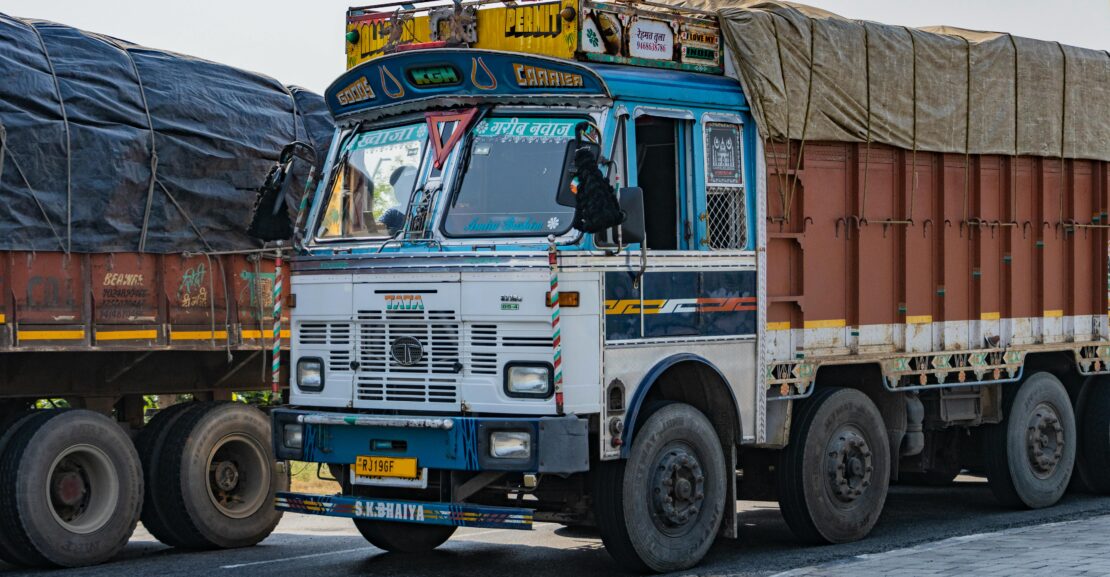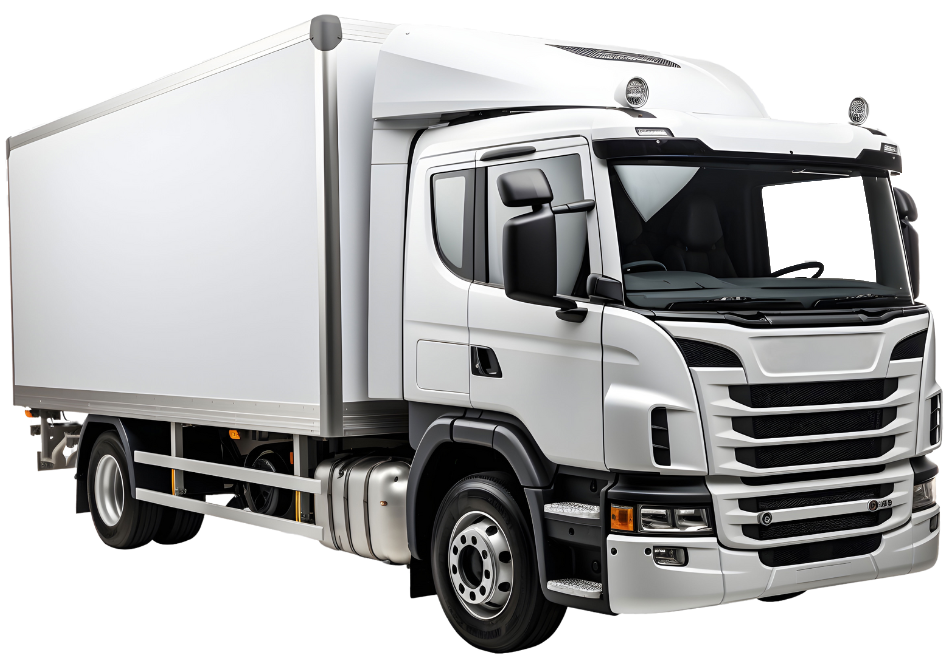Put yourself in the shoes of Ramesh. A mid-scale Transport contractor of Delhi walking through the gates of a used Truck lot. He is thinking of expanding his logistical inventory and is now in front of two big beasts boasting the best in Industry. One offering him 10 ft height while the other 14 ft.
What do you think Ramesh should choose? He is asking the same as you, what’s the difference between these two?
Many logistical professionals and experts must have asked this very question multiple times in their lives. It is not just about size anymore but it’s about how a wrong pick affects. A wrong pick means delayed transportation, denied permits, higher fuel costs, and severe business loss.
This guide is written for you to help decide the crucial investment in used commercial vehicles.
Understanding the Truck heights What does 10ft and 14ft really mean?
Despite what many think, the “10 ft” and “14 ft” in old trucks is not its length or bed base but the total length of the body. Vertical room within the truck is what limits both weight and overall volume the loading capacity of the truck.
Most of the transporters group them into either HCV or XHCV categories using their GVW as the main factor. According to Digit Insurance, the height of your truck not just affects your cargo weight and volume but also the license and the roads you can legally travel on.
Picture the 10ft container as a version of a warehouse.
The 14ft? It is a piece of equipment enabling goods to stack and complete work in fewer trips.
Types of loads Which each Truck can carry:
Think about how you will unload and load your products and try to find a truck that is easy to arrange whether it be 10ft or 14ft. Apart from their fitting focus on how conveniently they can be loaded and unloaded.
10ft used Trucks
- Ideal for: These trucks are very efficient for Stacked cartons, beverage crates, textiles, FMCG goods and grocery parcels
- Benefits: They are simple to load and unload, very flexible for city use, and a lower center of gravity improves safety when making turns.
- Considerations: It has limited space above and below floorlines, which means its height decreases its total volume holding capacity.
- Common use: It’s very suited for services such as last-minute deliveries, pickups in the city and small trips
14ft used Trucks
- Suitable: These are ideal for furniture, beds, industrial goods, tall plastic drums and construction pipes like bulky but lightweight materials.
- Advantages: Tall cargo space makes it possible to stack units, higher volume reduces trips and they are perfect for highway logistics.
- Considerations: A high center of gravity can make the vehicle unstable unless driven by a skilled driver, and planning every route is advised.
- Common application: It is commonly applied for shipping goods between cities, for long-distance trips and for shipping between businesses.
Real-world application for different industries for both truck
| Industry | 10 ft Truck | 14 ft Truck |
| Retail distribution | They are compact, perfect for urban and store deliveries | It is overkill for short rides and takes a longer time in city traffic. |
| Furniture moving | Has low height for long furniture, shelves, etc. | Can move bulky and large structures easily. |
| Agriculture produce | Good for stacking boxes, sacks and such material | Optimal for taller crates and higher quantities. |
| Construction supplies | Many things won’t fit in this truck | Suited for heavy loads, long pipes and such. |
Cost comparison of both the trucks
For Small businesses, cost is often the deciding factor for them.
- Most Eicher 14 feet trucks cost somewhere between ₹9.5 and ₹12.5 lakhs, depending on how old the truck is and its condition
- While a used 14 feet Tata truck usually costs something more than 8.8 Lakhs and above.
You might find a 10ft used truck with good condition for anywhere between ₹6–8.5 lakhs. You could save as much as ₹3 lakhs on a 10ft truck than a 14 ft truck.
Additional cost-increasing factors:
- Trucks with larger bodies pay more taxes. You will have to pay probably 15% more for insurance each year.
- It is common for taller trucks to have the need to use either loading docks or forklifts.
- Furniture and e-commerce companies tend to sell their second-hand containers for more than others.
- Maintenance costs are higher because of the heavier components of the bigger truck.
Difference between fuel efficiency and maintenance costs
The higher the vehicle’s height and more air drag it will feel. Running a 14ft truck for several hours on the highway requires more diesel if the truck is completely loaded.They have less mileage than smaller trucks. On the other hand, you can find 10ft trucks are easier to maneuver in city situations, as well as more fuel efficient.
Expected fuel economy of both Trucks
- A 14ft loaded truck gets between 6 and 8 kilometres per liter.
- A 10ft Truck can easily get 9–10 km/l
In heavily crowded cities such as Mumbai and Bangalore need good maneuvering capabilities from the truck, just as much as they need good fuel economy. A 10ft truck has no trouble turning, lowering the driver’s stress level, and helps to prevent fines.
Conclusion
For a good purchase, you’ll need to think about factors beyond simple size. If you regularly find yourself in crowded urban zones, a 10ft truck is the answer; for bulky shipments over long distances, choose a 14ft truck.
Don’t choose something just because you found a good deal. Look at how well a truck manages fuel, how it handles weight and how well it can be manoeuvred by its drivers. If the vehicle doesn’t fit your needs, you could end up paying more for delays, more fuel and higher upkeep. Wise choices today can make tomorrow’s operations easier for your business.
Still unsure? Look for TrueX Automall in Gurgaon and benefit from our expertise. Have your new pre-owned trucks checked by specialists and find good options for your transportations.


